The Secret Life of Calabazas Creek
A suburban mystery leads to Apple headquarters
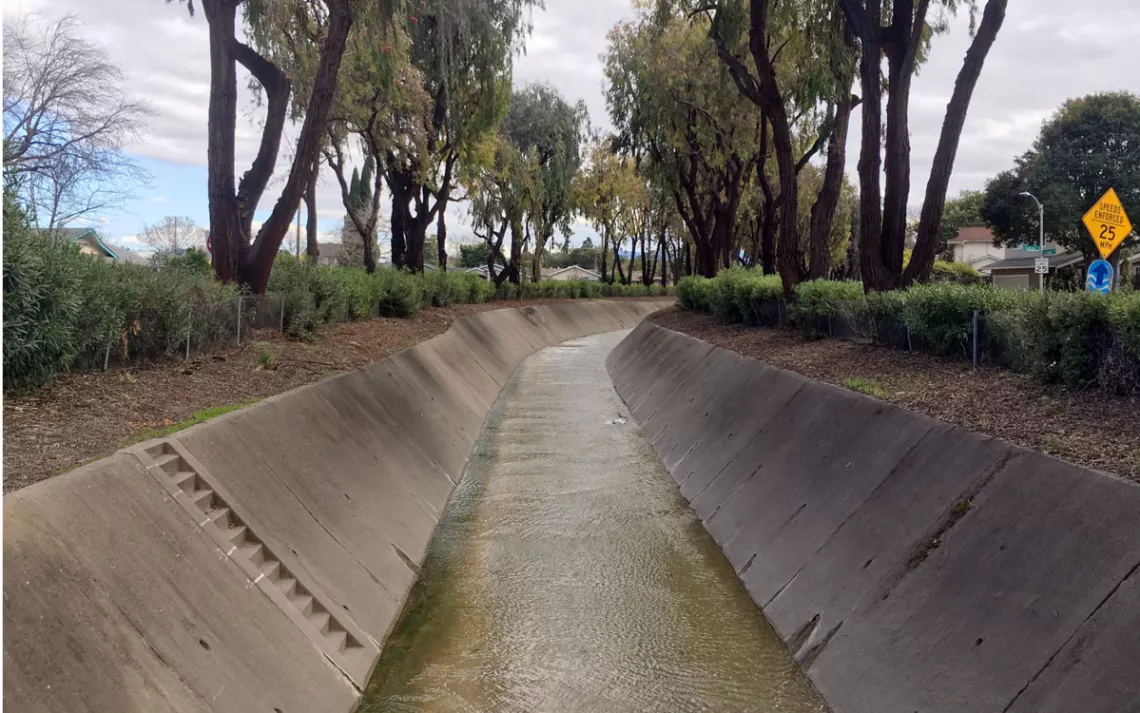
Calabazas Creek | Photo courtesy of Jenny Odell
The following is an excerpt from How to Do Nothing by Jenny Odell (Melville House, April 2019).
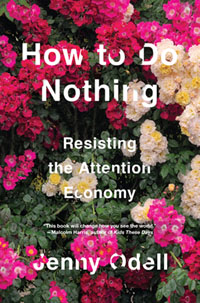
A year and a half ago, I came across an aerial map of Rancho Rinconada, the Cupertino neighborhood I grew up in, as it was being built in the 1950s. Looking back and forth between the photo and Google Maps, I was able to figure out which street was which and thus pinpoint my house, otherwise indistinguishable amid the rows of tiny faux-Eichler bungalows.
But there was one odd, wiggly road that didn’t seem to correspond to anything; that is, until I realized that it was not a road but Saratoga Creek. When I thought about it, I did remember seeing a creek running past the neighborhood swimming pool, but I hadn’t known it had a name. In my memory, it was just “the creek”; it didn’t come from anywhere in particular, nor was it going anywhere.
I zoomed out on Google Maps and saw yet another creek, winding past the school where I went to kindergarten.
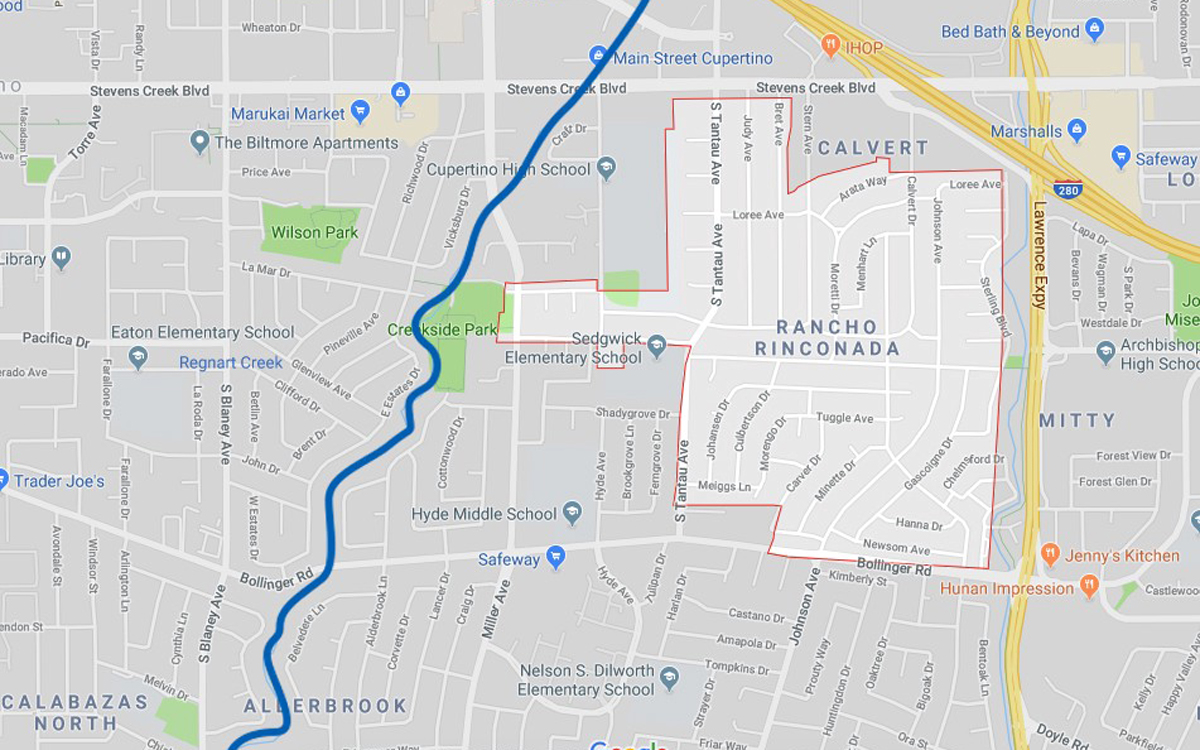
Again I searched my memory, where it showed up only once. When I was five, the creek was the place that you couldn’t get your ball back from if it went over the fence at the edge of the schoolyard. I barely remember looking through that fence, at its tangled and mysterious green depths and the strange pillowy cement bags that made up its banks. Back then, it merely represented the unknown, like an unruly foil to the manicured school grounds behind me.
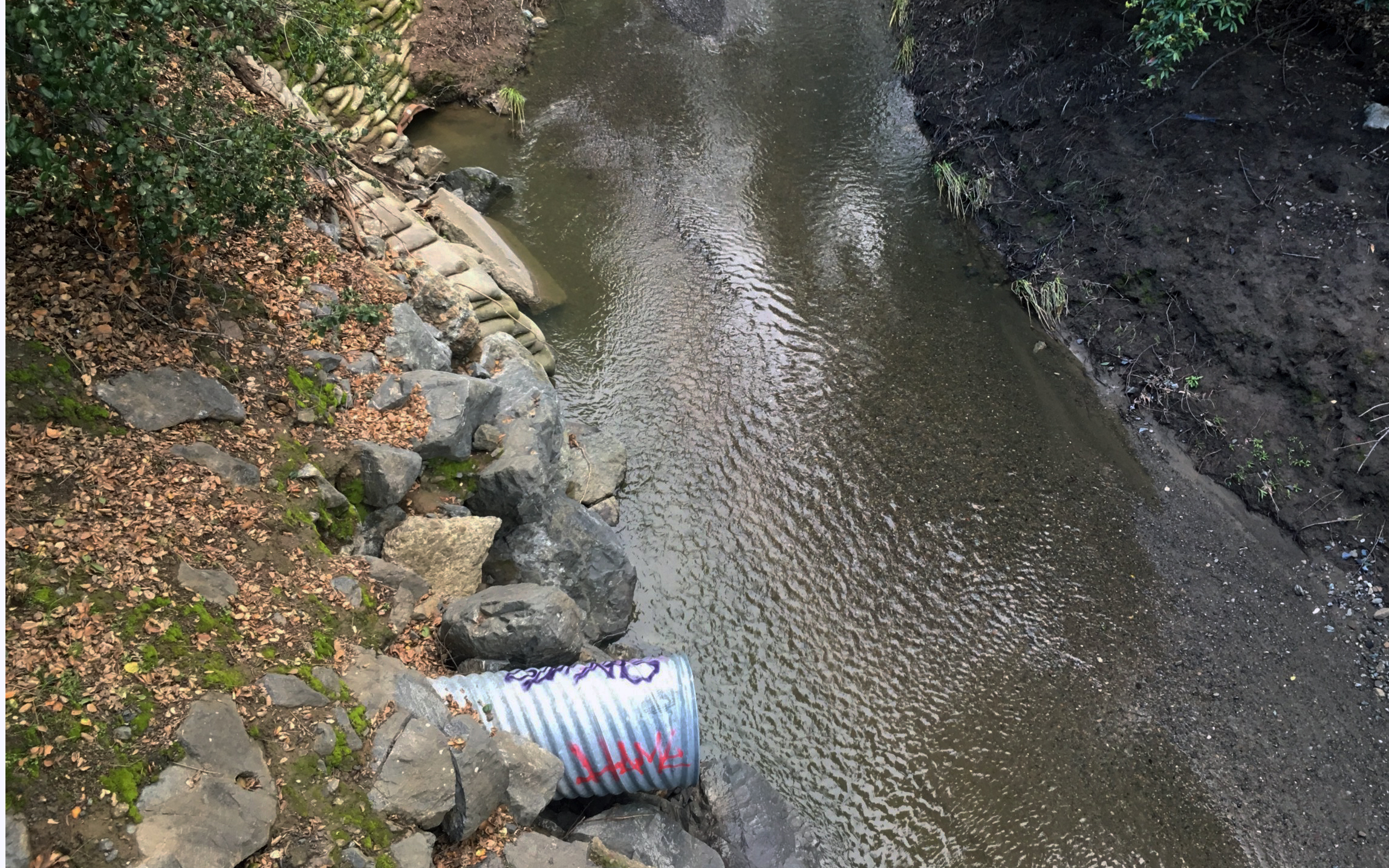
That is the only time that Calabazas Creek had surfaced to the level of my consciousness; all the other times I must have looked at the creek or walked or driven past it, it was like the unseen stimuli in Arien Mack and Irvin Rock’s vision experiments—seen but not noticed.
Recognizing the creek unfolded a whole topography of what I had not noticed. Where was Calabazas Creek going? The bay, obviously, but I had never made that connection in my mind. Where was it coming from? Table Mountain, something I had looked at every day but only now learned the name of! I’d complained about Cupertino being so flat; what if I had known that this was because, for millions of years, that entire part of the Bay Area was an inland sea, and after that marshland? How was it possible for me to know the names of cities like Los Gatos, Saratoga, and Alameen, but not notice that they lay in a distinct curve—a curve defined by the nearby mountains, Loma Prieta, Mount Umunhum, Mount McPherson? How could I not have noticed the shape of the place where I lived?
Last year, I told my friend Josh about (re) noticing Calabazas Creek. He lives in Oakland but grew up near me in Sunnyvale, and he too had buried memories of a creek. Josh’s creek was fenced off and had a trapezoidal concrete bottom, looking more like a piece of infrastructure than a natural element as it passed unnoticed through the neighborhood. At some point, Josh and I realized we were talking about the same creek—he had lived downstream from me.
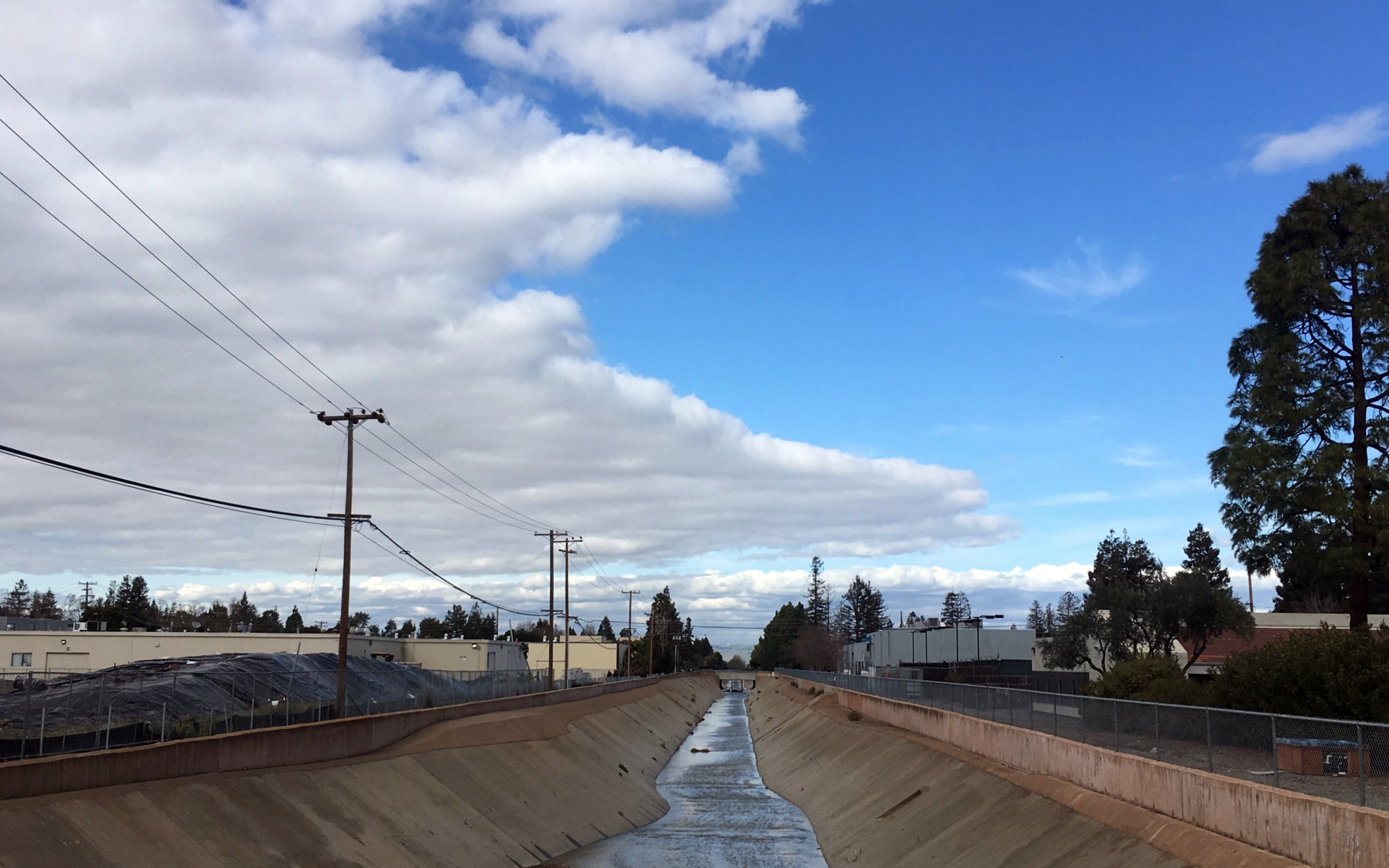
In December 2017, we drove to Cupertino and shimmied through a gate in a chain-link fence affixed with a sign reading EMERGENCY ACCESS TO CREEK. (“What if the emergency is curiosity?” I wondered aloud.) The first thing I saw was the exact tableau I hadn’t seen since I was five: a tangle of green around those cement bags, which I now knew were for flood control. It hadn’t rained much and we were at the end of the six-year drought, so the creek bed was dry enough to use as a trail.
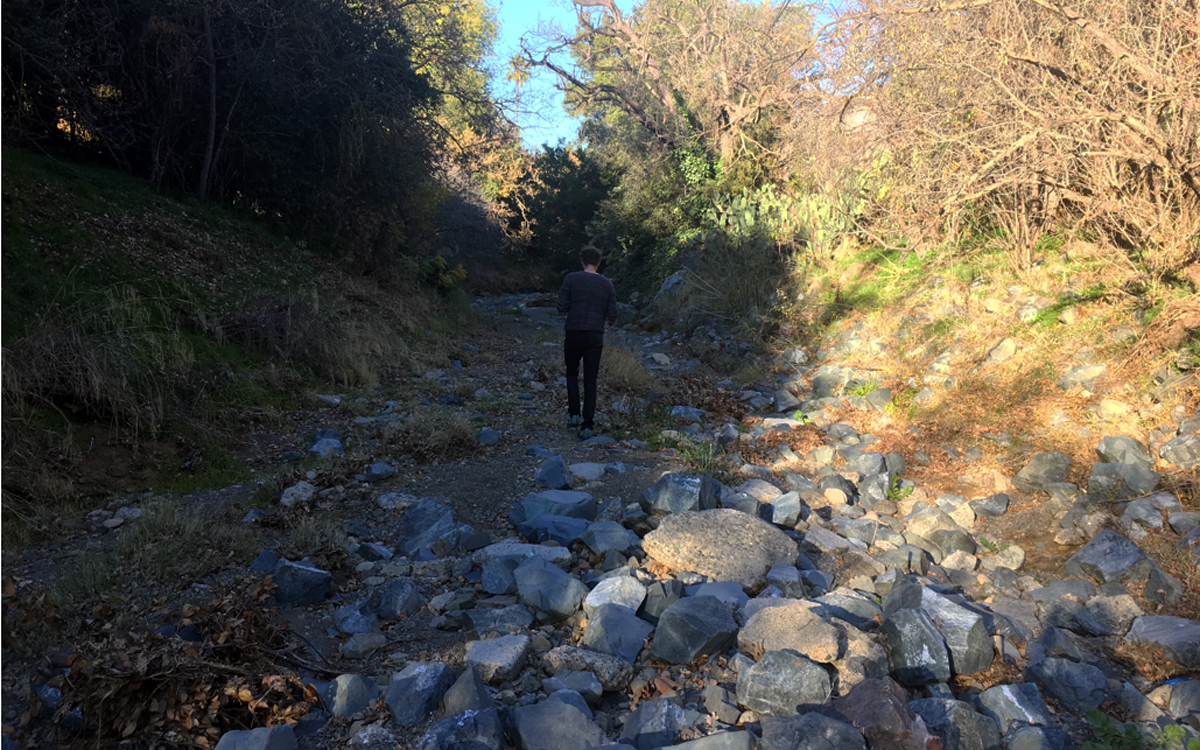
We walked over riprap, a mixture of conglomerate stone that included bits of brick building surrealy carved by water into organic-looking rock shapes. Above us were the trees I now knew the names of—valley oak and bay laurel—mixed in with some surprises, like an entire hillside of rogue prickly-pear cacti escaped from someone’s backyard.
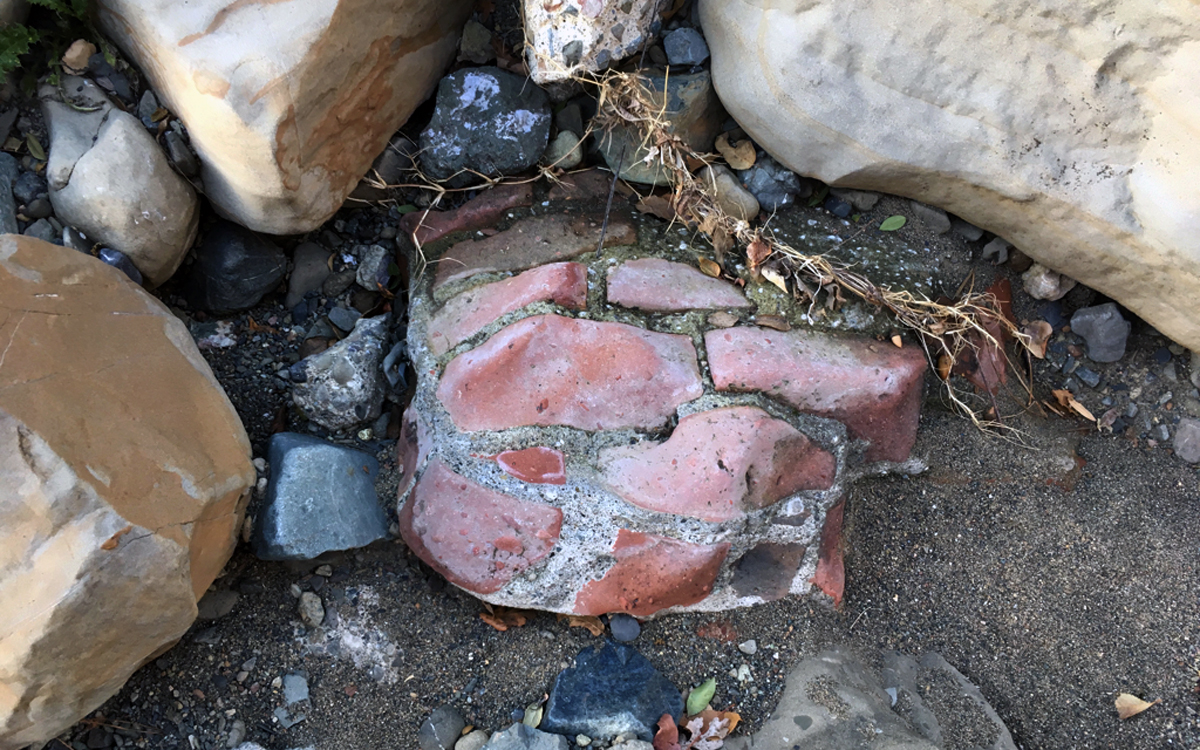
From the creek bed, we looked up and out at a Bank of America building, a strange and alienating angle on the familiar. We saw the backs of wooden fences around homes, some of whose inhabitants might never have been down here. Approaching a tunnel under Stevens Creek Boulevard, the road that both the Vallco Fashion Park and the Cupertino Crossroads shopping center are on, we found a dark gallery of graffiti. Had we continued into the tunnel, we would’ve ended up in total darkness underneath something called Main Street Cupertino, ironically one of Cupertino’s newest shopping centers. Further on, we would have emerged from the tunnel into the grounds of Apple’s new “spaceship” campus.
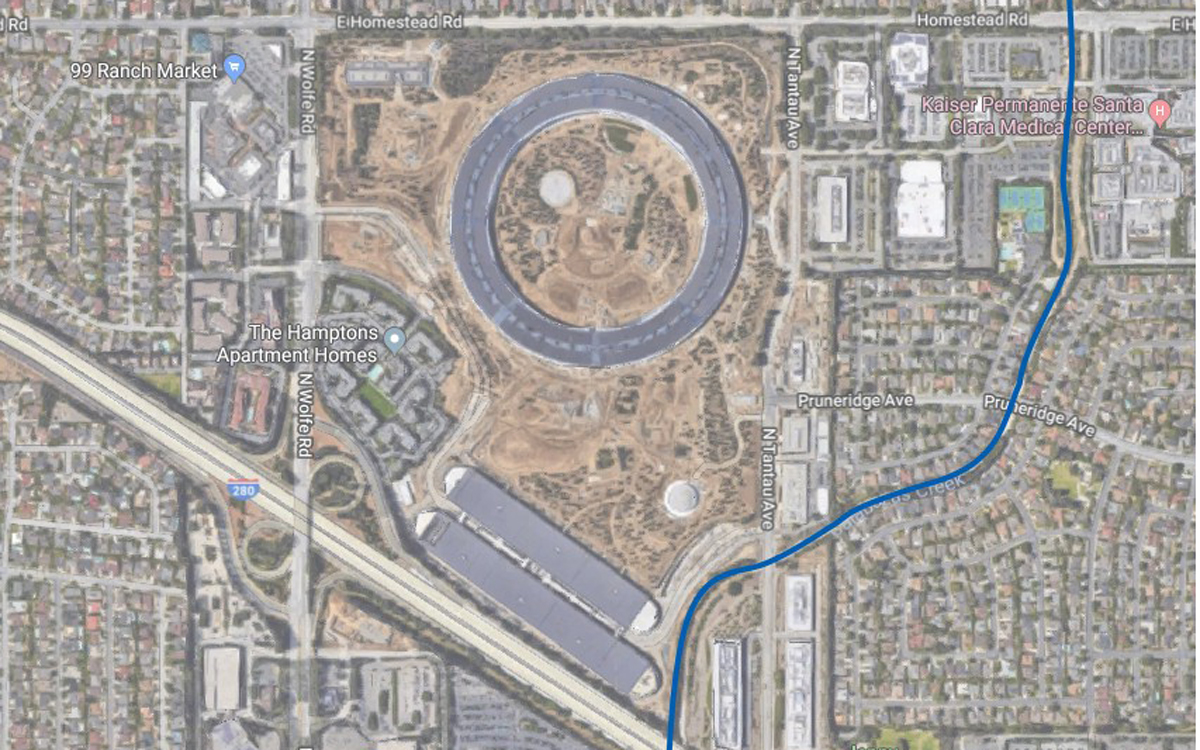
Nothing is so simultaneously familiar and alien as that which has been present all along. Between, under, and amid all these things wound this entity that was older than I was, older than Cupertino. It represented a kind of primordial movement, even if its course has been altered by engineering in the 19th century. Long before cars drove from Whole Foods to the Apple campus, the creek moved water from Table Mountain toward the San Francisco Bay. It continues to do this just as it always has, and whether I or any other humans care to notice. But when we do notice, like all things we give our sustained attention to, the creek begins to reveal its significance.
Unlike at the manufactured Main Street Cupertino, it is not there because someone put it there; it is not there to be productive; is not there as an amenity. It is witness to a watershed that precedes us. In that sense, the creek is a reminder that we do not live in a simulation—a streamlined world of products, results, experiences, reviews—but rather on a giant rock who’s other life forms operate according to an ancient, oozing, almost-to-chthonic logic. Snaking through the minutes of the banal every day is a deep weirdness, a world of flowerings, decompositions, and seepages, of a million crawling things, of spores and lacy fungal filaments, of minerals reacting and things being eaten away—all just on the other side of the chain-link fence.
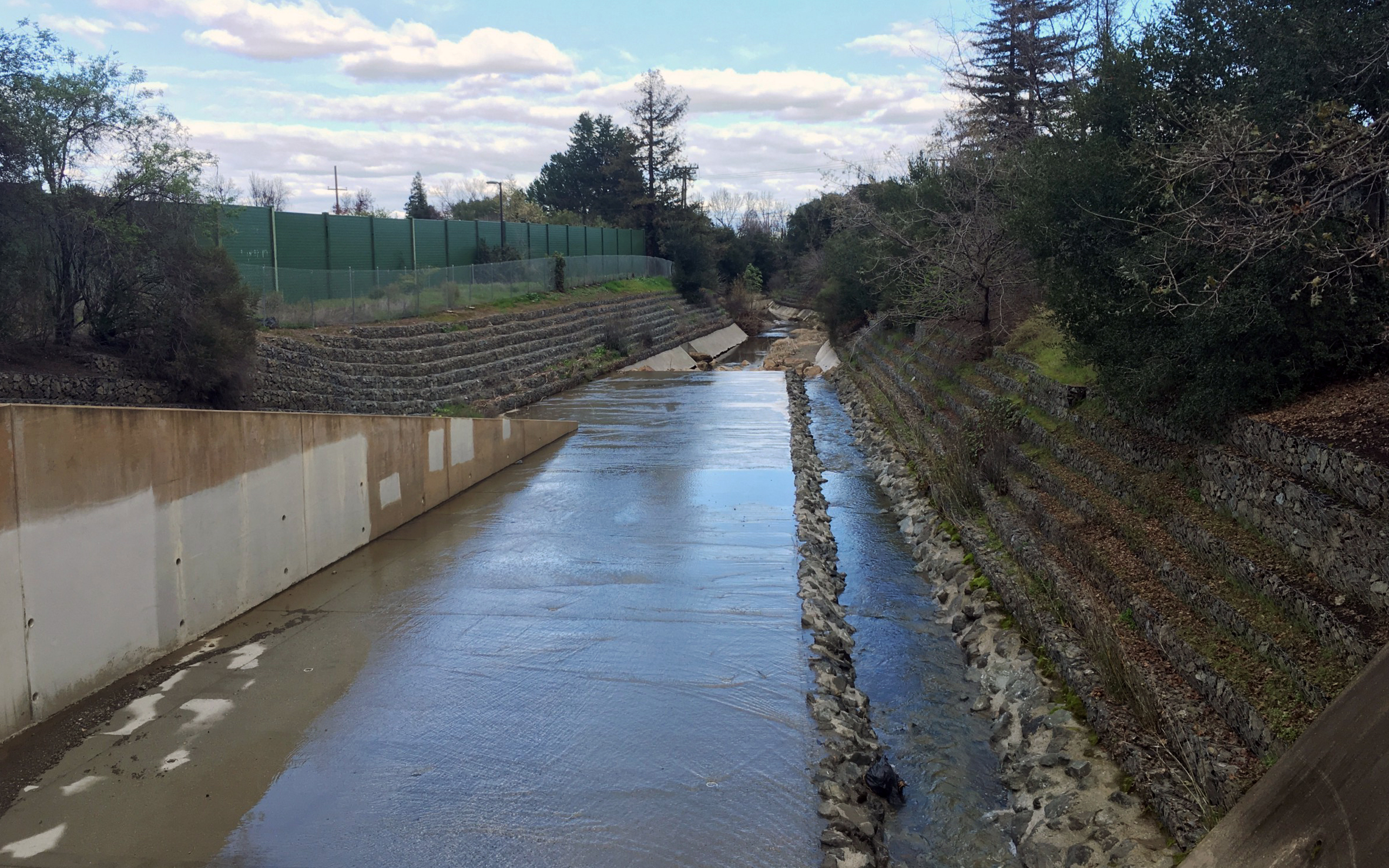
It would not have been the same if I had gone to Calabazas Creek alone. The moment that Josh and I combined the fragments in our memories into the same body of water, the creek came not just individual attention but to collective attention. It became part of a shared reality, a reference point outside each one of us. Picking our way over the riprap in this sunken, otherwise-unnoticed pathway—attending to the creek with the presence of our bodies—we were also rendering a version of the world in which the creek does appear, alongside its tributaries and its mountain and all the things growing and swimming within it.
Realities are, after all, inhabitable. If we can render a new reality together—with attention—perhaps we can meet each other there.
For more on the history of Calabazas Creek, Silicon Valley, and the Sierra Club's attempts in the 1970s to keep the creek wild, see this transcript of a talk that Odell gave at the Prelinger Library, as part of the Place Talks series.
 The Magazine of The Sierra Club
The Magazine of The Sierra Club



